One particular dinosaur featured in Jurassic Park was much scarier in real life than what the movie showed. The complete Jurassic Park franchise has only grown since the release of the first movie in 1993, with two trilogies and the upcoming Jurassic World set for release in 2025. Despite its pop culture impact and the way it changed blockbusters, Jurassic Park isn't necessarily known for its scientific accuracy. While Spielberg's movie got some things right and even predicted others that were yet to be discovered, it also had quite a few inaccuracies.
Jurassic Park’s dinosaurs were not always accurate, but that did not stop the franchise's version of dinosaurs such as Tyrannosaurus Rex and Velociraptors from becoming pop culture icons. However, Jurassic Park’s dinosaurs are not always scientifically accurate. One of the biggest examples of scientific inaccuracy seen in the franchise is the Dilophosaurus, as it was much scarier in real life despite not having one key attribute shown in the film.
Jurassic Park Made Dilophosaurus Much Less Scary
The Dilophosaurus Is Actually Much Bigger
Jurassic Park made the Dilophosaurus much less scary than it was in real life by changing its anatomical features. Jurassic Park has a lot of inaccurate dinosaurs, mostly due to scientific discoveries emerging after the movies were released. For example, many of the dinosaurs in the movies have reptilian skin, despite the discovery that dinosaurs like the Velociraptor actually had feathers. However, Jurassic World: Dominion rectified the lack of feathered dinosaurs with the introduction of the Pyroraptor and Therizinosaurus, pleasing paleontologists vying for more scientific accuracy.
Most comprehensive studies on the Dilophosaurs are relatively recent, meaning there was only so much Jurassic Park could do in terms of accuracy.
The Dilophosaurus was a victim of movie magic changing its accuracy, as they were too small on screen. Experts have since discovered Dilophosaurus to be around 20 feet long and was a seriously formidable macropredator, meaning it would not fit in Dennis Nedry’s jeep in Jurassic Park. Interestingly, the Velociraptors are also much bigger in Jurassic Park than in real life, showing a sizing trend for the franchise. Furthermore, there is no evidence that a Dilophosaurus was able to spit venom or had frills on its neck, as the real-life dinosaur’s size and carnivorous diet is terrifying enough that it didn’t need them.
Why Jurassic Park Changed Dilophosaurus
Jurassic Park’s Focus Has Always Been Velociraptors
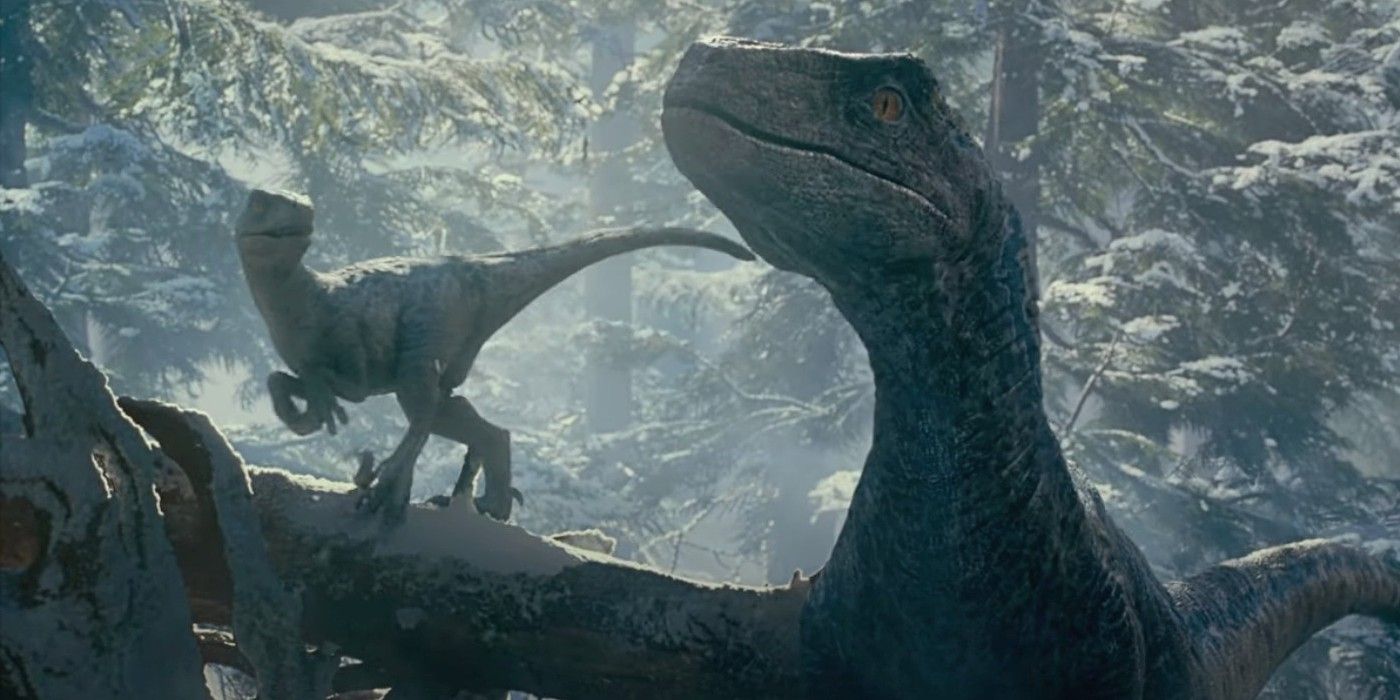
Most comprehensive studies on the Dilophosaurs are relatively recent, meaning there was only so much Jurassic Park could do in terms of accuracy. That said, given how the Velociraptors were already a big part of the movie, Jurassic Park couldn't make other creatures stand out too much. Even if there was enough information available about the Dilophosaurs back then, Jurassic Park would've likely kept it as a smaller creature designed for a specific sequence.
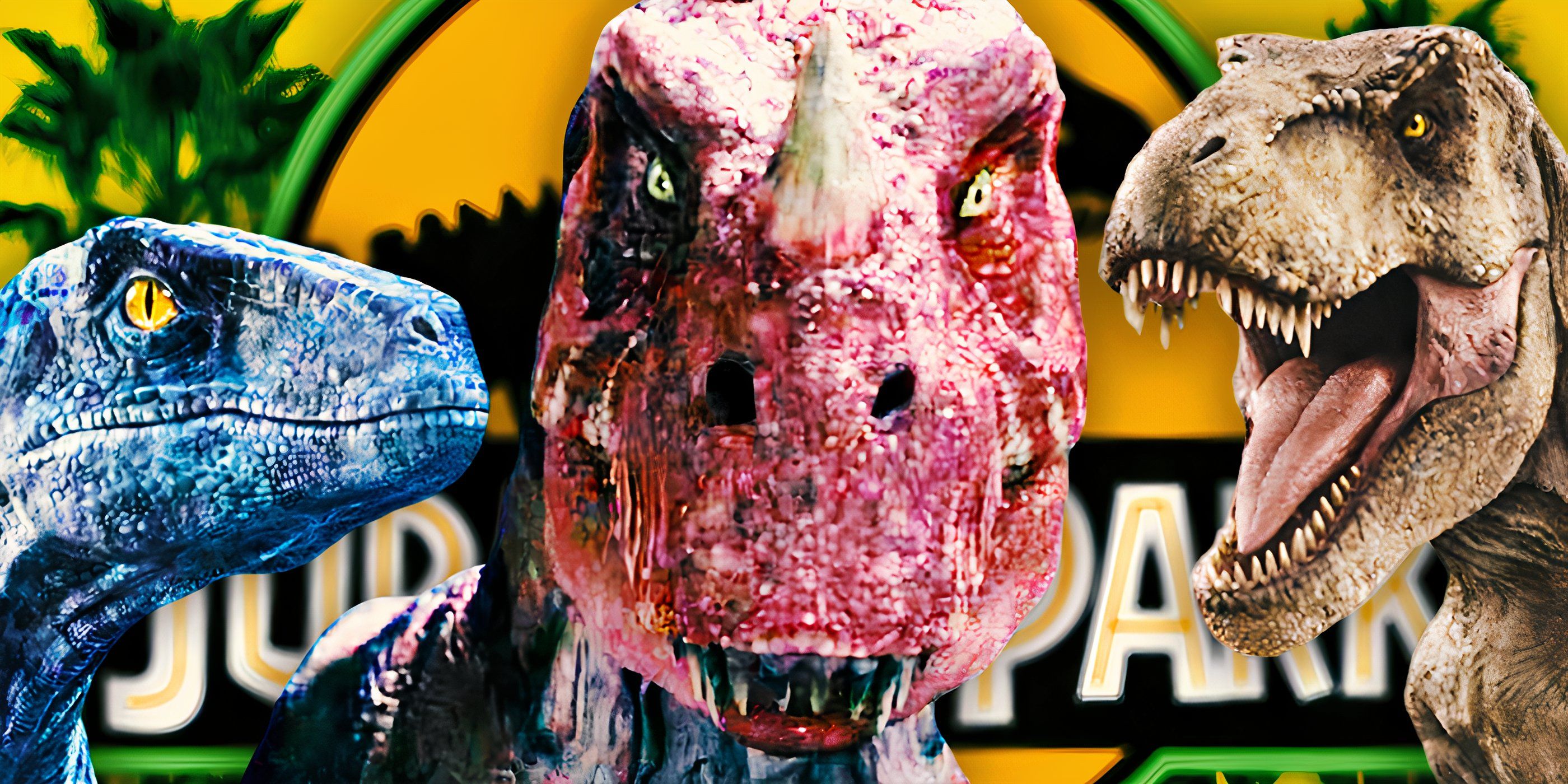
Related
The Original Jurassic Park Trilogy Should Have Only Included These 7 Dinosaurs
Many dinosaurs featured in the original Jurassic Park trilogy were needed as they are not from the Jurassic Period, or are not dinosaurs at all.
If Dilophosaurus had been life-sized, then it would have been bigger than the Velociraptors, and therefore more dangerous. By making the Dilophosaurus smaller and adding special abilities such as spitting venom, the dinosaurs were kept interesting enough without stealing the show in Jurassic Park's movies.
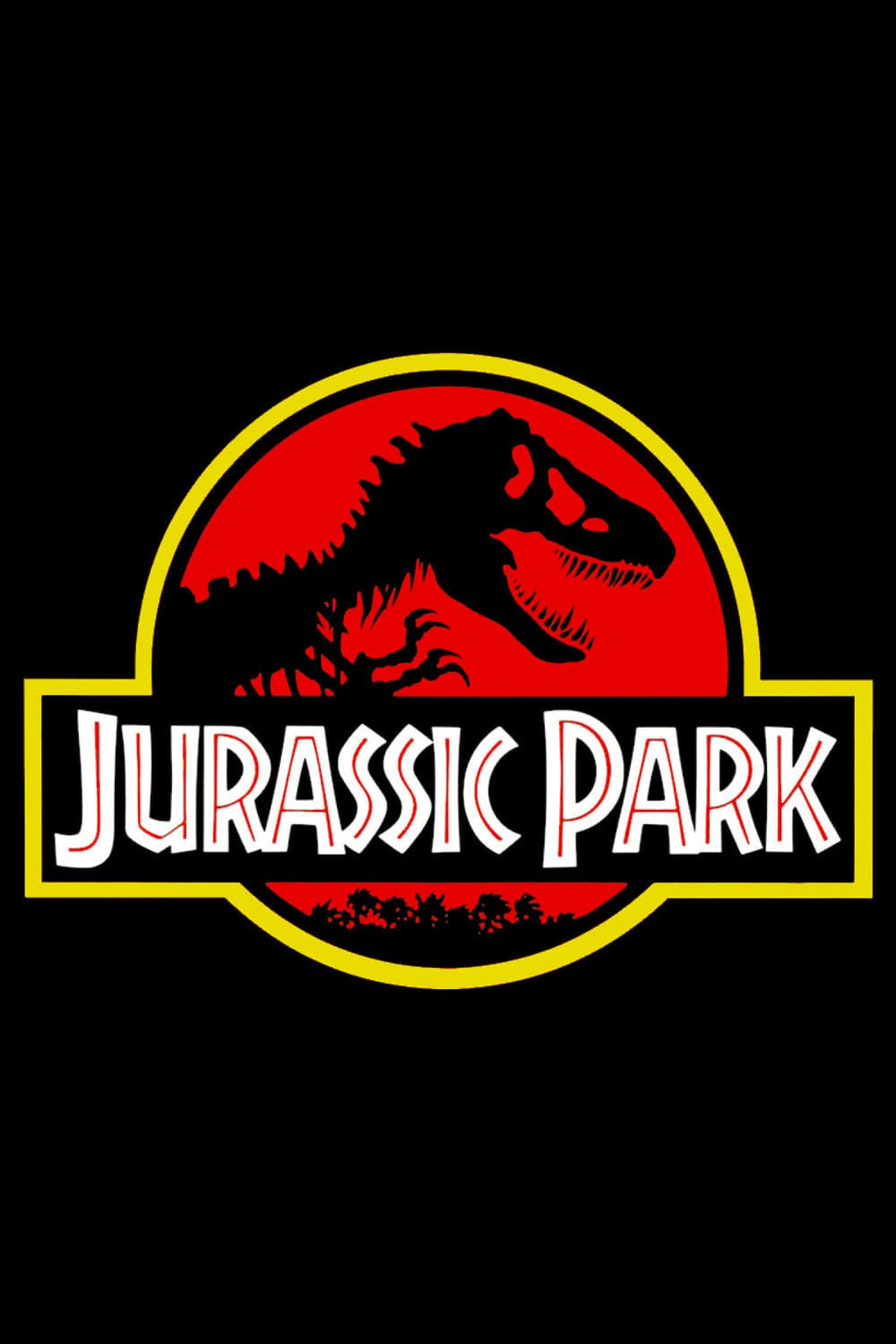
Jurassic Park
The Jurassic Park franchise is an action-adventure sci-fi series that began with Michael Crichton's original novel. The series explores the dramatic repercussions of resurrecting dinosaurs through advanced genetic science. Set primarily in a disastrous theme park, Jurassic Park explores the profound ethical dilemmas about tinkering with the DNA of long ago extinct creatures and the manipulation of the natural world through science.
First Film Jurassic Park (1993)

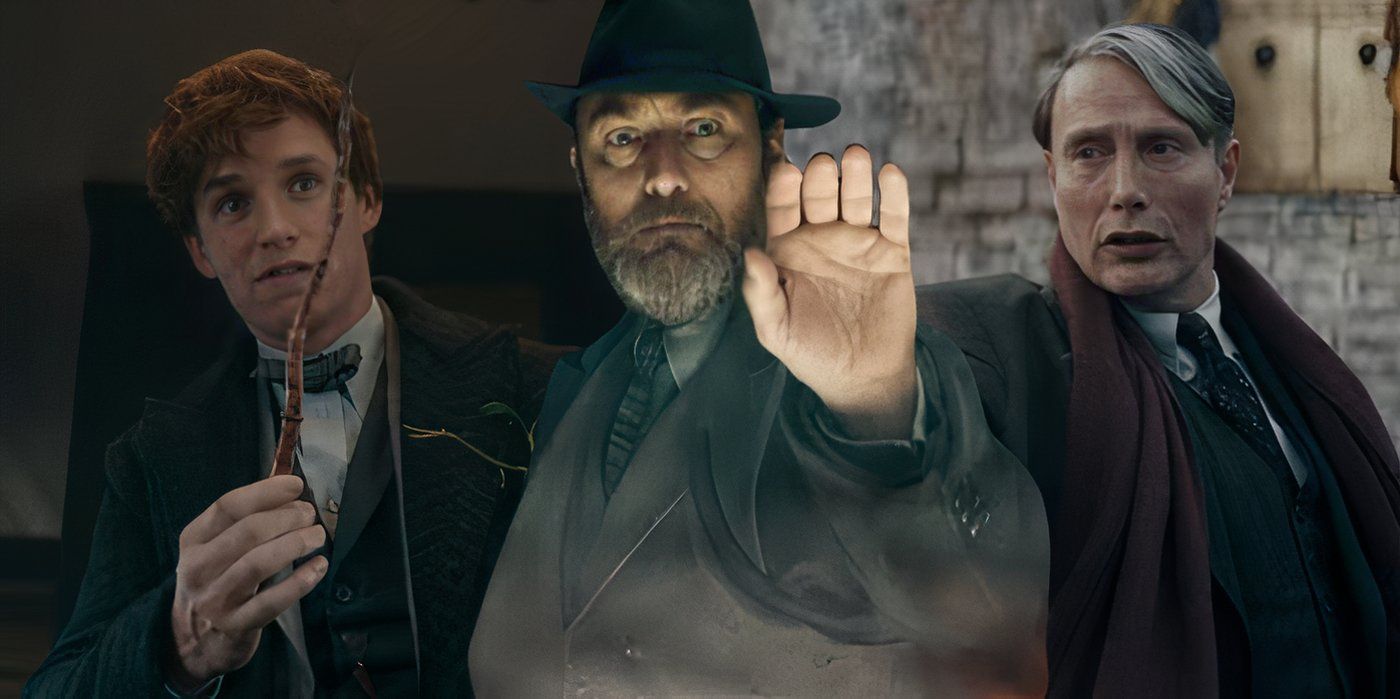
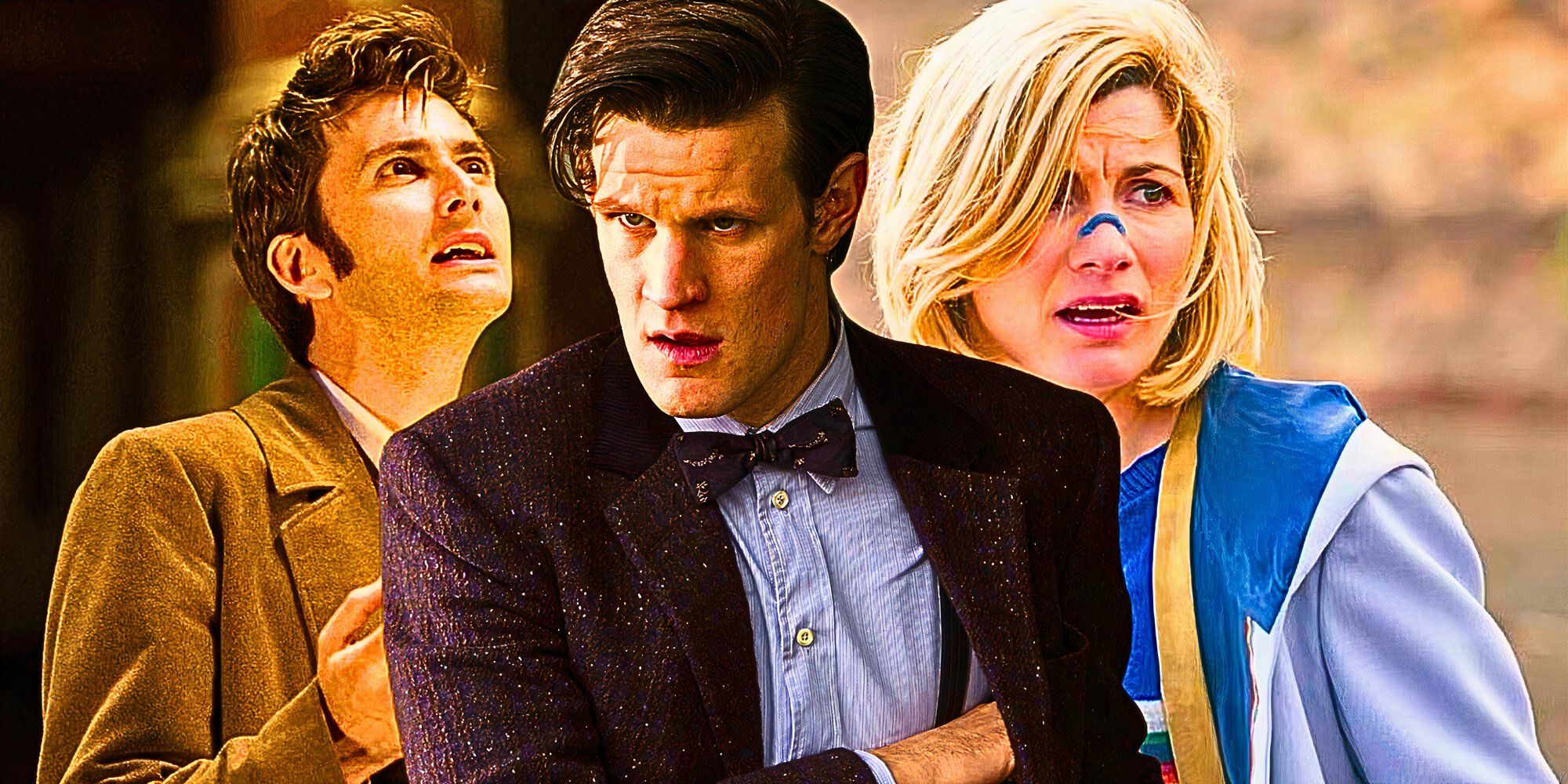
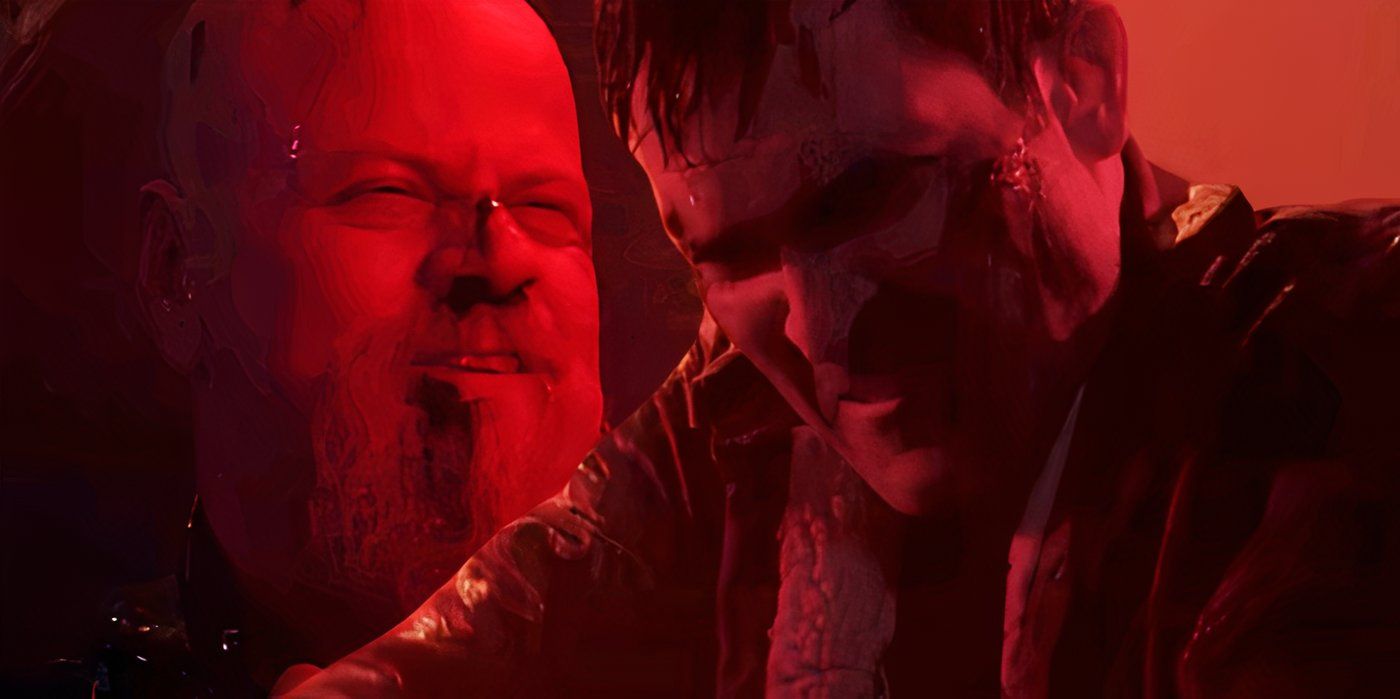
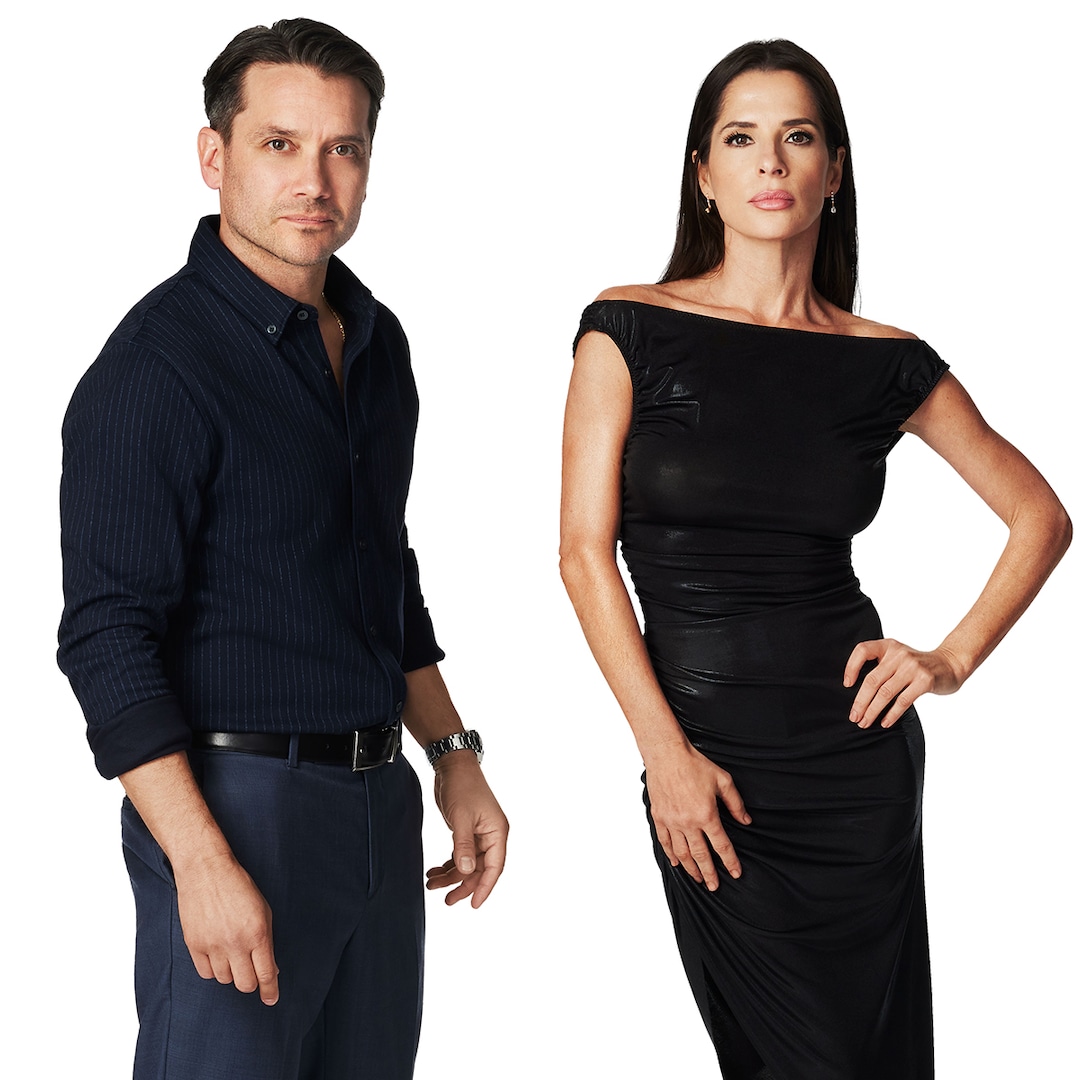




 English (US) ·
English (US) ·